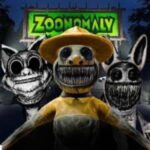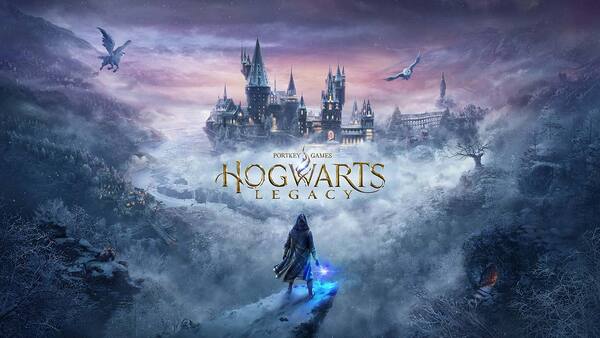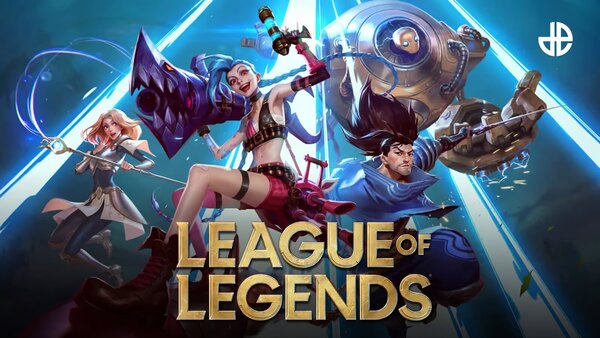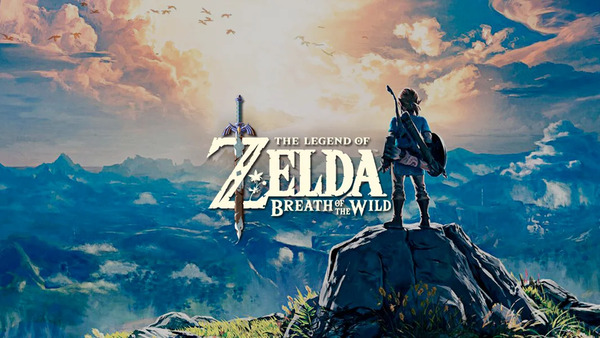League of Legends (LoL), developed by Riot Games, is one of the most successful and enduring multiplayer online battle arena (MOBA) games in the world. Since its launch in 2009, it has grown from a niche competitive title to a global phenomenon with millions of players, an extensive esports ecosystem, and a massive cultural footprint. This article explores League of Legends’ history, gameplay mechanics, evolving meta, community, and its influence on gaming and esports.
Origins and Early Development of League of Legends
League of Legends was developed by Riot Games, a company founded by former Blizzard employees inspired by the Warcraft III mod Defense of the Ancients (DotA). Announced in 2008 and released in October 2009, LoL introduced players to a new MOBA experience that emphasized accessibility, fast-paced action, and regular content updates.
Early development focused on refining gameplay mechanics such as champion abilities, map design, and team dynamics. Riot Games committed to maintaining a free-to-play model supported by cosmetic microtransactions, which helped the game gain a broad player base without pay-to-win concerns.
Core Gameplay and Mechanics
League of Legends pits two teams of five players against each other in a strategic battle to destroy the opposing team’s Nexus, the heart of their base. Each player selects a champion with unique abilities, roles, and playstyles, creating a dynamic and tactical gameplay environment.
The game is played on a three-lane map with defensive turrets, jungle areas filled with neutral monsters, and various objectives like dragons and Baron Nashor. Success depends on coordination, map control, objective prioritization, and individual skill.
The Champion Roster and Role Diversity
One of LoL’s key strengths is its extensive and diverse roster of champions. As of 2025, the game features over 160 champions, each designed with unique mechanics and thematic elements that cater to various player preferences.
Champions are categorized into primary roles: top laner, mid laner, jungler, AD carry (bot lane), and support. This role diversity enables a rich strategic layer where team composition and champion synergy heavily influence match outcomes.
Evolution of the Meta and Competitive Play
The League of Legends meta (most effective tactics available) has continuously evolved through patches, balance changes, and new champion releases. Riot’s regular updates ensure that the game stays fresh and competitive, encouraging players to adapt and innovate.
Competitive play thrives at all levels, from casual ranked matches to professional esports leagues such as the LCS, LEC, LCK, and LPL. These leagues culminate in the annual World Championship, one of the most watched esports events globally.
Ranked System and Player Progression
The ranked ladder provides players with a structured competitive environment to test and improve their skills. Starting from Iron rank and progressing to Challenger, the ranking system rewards consistent performance and offers goals for player improvement.
Progression is influenced by individual gameplay, teamwork, and strategic decisions, creating an engaging experience for both casual and hardcore players. Riot also implements systems to mitigate toxic behavior, enhancing the community environment.
Visual and Audio Design Enhancements
Over the years, Riot has invested heavily in updating the game’s visual fidelity and audio quality. Champion models, animations, and environments have received periodic overhauls to keep the graphics modern and appealing.
Sound design plays a crucial role in gameplay clarity and immersion. Each champion’s abilities have distinct audio cues that help players react appropriately, and thematic music and voice lines enrich the overall atmosphere.
Community and Social Features
League of Legends boasts a vast and diverse community worldwide. Riot has incorporated social tools such as clubs, friend lists, and in-game chat to facilitate communication and team-building.
The company also hosts community events, seasonal rewards, and collaborations to foster engagement. Despite occasional challenges with toxicity, the community remains passionate and vibrant, driven by a shared love for the game.
Esports and Global Impact of League of Legends
LoL’s esports scene is arguably the largest and most well-established among video games. Professional players, teams, and tournaments generate significant viewership and revenue, contributing to the mainstream acceptance of esports.
The World Championship attracts millions of viewers, with elaborate productions, iconic moments, and high stakes. Esports has also influenced player aspirations, with many seeing professional gaming as a viable career path.
Future Developments and Innovations
Riot Games continues to expand the League of Legends universe through spin-off titles like Teamfight Tactics, Legends of Runeterra, and the upcoming MMO project. They also explore technological enhancements such as improved AI and matchmaking systems.
Regular champion releases and thematic events ensure ongoing content refreshment. The company remains dedicated to balancing competitive integrity with accessibility, striving to maintain LoL’s position as a top MOBA and esports leader.
Conclusion of League of Legends
League of Legends stands as a landmark title in the MOBA genre and esports industry. Its blend of strategic depth, constant evolution, and vibrant community have made it a staple of competitive gaming for over a decade.
Despite challenges, LoL’s ability to innovate and engage players worldwide cements its legacy as a transformative force in video games. Whether you’re a casual gamer or an esports enthusiast, League of Legends offers a compelling and dynamic experience that continues to shape the future of competitive gaming.






